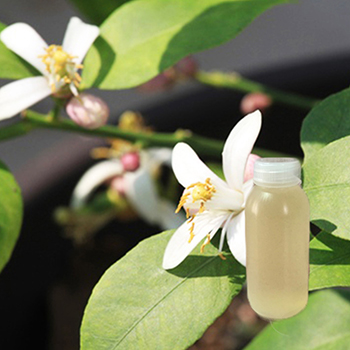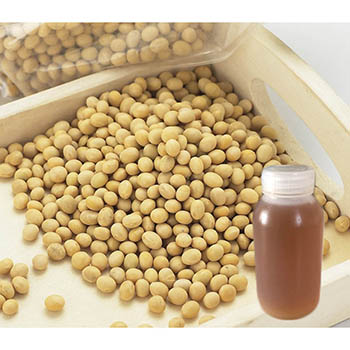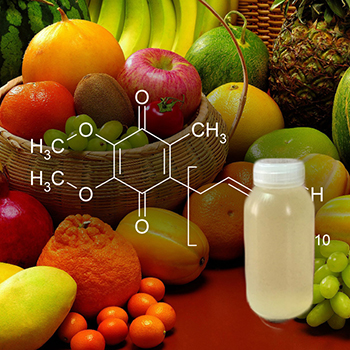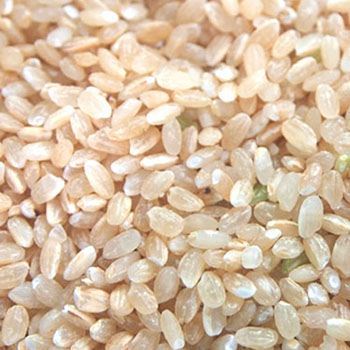目前購物車內沒有商品
Uric acid is an organic compound of carbon, nitrogen, oxygen and hydrogen and the structure shown right:
Uric acid is the final oxidation product of purine metabolism in the human body and is found in small amounts in urine. Purine precursors include xanthine and hypoxanthine, which are converted to uric acid by xanthine oxidase.
Uric acid is the end product of nitrogen metabolism in birds and reptiles, whereas in humans and many other animals the main product of nitrogen detoxification is urea. In animals that produce uric acid in high quantities, it is excreted in feces. Humans produce only small quantities of uric acid with excess production leading to a type of arthritis known as gout.
In human blood, uric acid concentrations between 3.6 and 8.3 mg/dL are considered normal by the American Medical Association, although significantly lower levels are common in vegetarians.
Unlike urea and ammonia, uric acid can be excreted as a dry solid. While this compound is more energetic than those other wastes, it means that water loss due to its elimination can be reduced to a minimum. It is therefore commonly found in the excretions of animals that live in very dry environments. The high nitrogen content of uric acid makes guano a useful agricultural fertilizer.
Uric acid is a bicyclic acid derived from purine with a chemical formula of C 5 H 4 N 4 O 3.
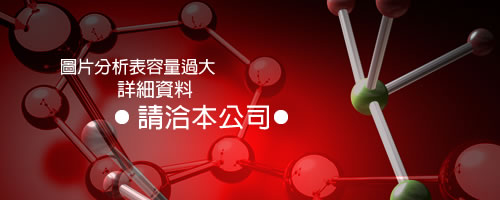
|
General |
|
|
Systematic name |
7,9-dihydro-1H-purine-2,6,8(3H)-trione |
|
Other names |
2,6,8 Trioxypurine |
|
Molecular formula |
C5H4N4O3 |
|
SMILES |
C2=1C(NC(NC=1NC(N2)=O)=O)=O |
|
Molar mass |
168g/mol |
|
Appearance |
White Crystals |
|
CAS number |
69-93-2 |
Uric acid is a bicyclic acid derived from purine with a chemical formula of C 5 H 4 N 4 O 3.
Uric acid electrode:
Principle
The Universal Sensors Uric Acid Electrode measures dissolved uric acid. Uricase (EC 1.7.3.3) is chemically immobilized in a membrane which is in contact on one side with the sample solution and on the other with the amperometric electrode. Uric acid diffuses into the enzyme layer where it is oxidized by the enzyme according to the reaction:
uric acid + O2 + 2H2O ------------> H2O2 + CO2 + allantoin
The decrease in oxygen at the electrode surface is directly proportional to the uric acid concentration in the sample solution. The maximum, initial rate of response obtained at 5 to 12 seconds or the steady state response obtained after one minute can be used to determine uric acid.
The concentration can be obtained from a calibration curve, an equation or directly from the display of the Universal Sensors Amperometric Biosensor Detector.
Specifications
|
Linear Range: |
0.1 to 10 mg/dl (6 x 10 -6 to 6 x 10 -4 M) |
|
Response Time: |
2 to 3 minutes to 95% equilibrium less than 20 seconds for maximum rate |
|
Lifetime: |
greater than 500 assays or 3 months |
|
Reproducibility: |
better than 3% |
|
Base Sensor: |
Oxygen electrode |
Uric acid crystals that are deposited in joints is the source of symptoms for gout, a painful condition of joints, usually in the big toes. Damage to kidneys can also occur. Gout is being thought to be related to a condition called insulin resistance. Uric acid is a breakdown product of protein metabolism, particularly of a class of proteins called purines, which are found in organ meats, sardines, anchovies, and lentils. It is possible to go through life with elevated uric acid and never experience symptoms of gout. Good drug treatments exist for acute attacks of gouty arthritis and for reduction of serum uric acid between attacks,
but a few simple measures may enable you to minimize or avoid the use of drugs. Eat a somewhat lower carbohydrate diet, avoiding high glycemic index foods. Be careful with the high purine foods mentioned above. Don't take protein supplements. Eliminate coffee and all other sources of caffeine from the diet. Caffeine and related drugs can raise uric acid levels. Always drink plenty of water to keep urine output high. This will help flush uric acid out of the system and prevent deposition of crystals in the urinary tract. Minimize consumption of alcohol.
Elevations of uric acid
occur in renal diseases with renal failure4 and prerenal azotemia (eg, dehydration) as well as gout.2 Other drugs causing increased uric acid concentration include diuretics,2,4 pyrazinamide, ethambutol, nicotinic acid, and aspirin in low doses.
|
Excessive cell destruction: neoplasia, even before as well as following chemotherapy and radiation therapy, especially lymphoma and leukemia; hemolytic anemia, resolving pneumonia and other inflammation; polycythemia,2 myeloma, pernicious anemia, infectious mononucleosis, congestive heart failure, large myocardial infarct. Endocrine: hypothyroidism, hypoparathyroidism, hyperparathyroidism, pseudohypoparathyroidism; diabetes insipidus of nephrogenic type, Addison disease. Acidosis: lactic acidosis, diabetic ketoacidosis, recent alcohol ingestion,1,7 alcoholic ketosis.3Shock and hypoxia relate to hyperuricemia. Attention has been directed at the cause of hyperuricemia in the intensive care unit; severely increased uric acid levels in acutely ill patients is explained by degradation of ATP with degradation of accumulated nucleotides to purine metabolites, uric acid among them. Such ATP degradation may occur with strenuous exercise and the adult respiratory distress syndrome. With metabolism of ethanol to acetyl CoA, the degradation of ATP explains the hyperuricemia of alcohol use. Hyperuricemia becomes then a marker for cell injury crisis.8 Toxemia of pregnancy, diet, weight loss, fasting or starvation. Decreased urate clearance: cyclosporine-induced hyperuricemia.9 Lesch-Nyhan (X-linked) with deficiency of hypoxanthine-guanine phosphoribosyltransferase. Gout with partial absence HPRT. Increased 5-phosphoribosyl-1-pyrophosphate synthetase. Glycogen storage disease type I.8 Only a minority of individuals with hyperuricemia develop gout. Three types of kidney disease are caused by precipitation: acute uric acid nephropathy, nephrolithiasis, and chronic urate nephropathy.10 Hyperuricemia in early essential hypertension correlates with renal vascular resistance and inversely with renal blood flow. Increased serum uric acid may indicate renal involvement.11,12 Low uric acid: Drugs: In two-thirds of Ramsdell's and Kelley's series of hypouricemic patients, drugs apparently bearing a relationship to low serum uric acid levels included aspirin (high doses), x-ray contrast agents, glyceryl guaiacolate or allopurinol.13Corticosteroids and probenecid cause low uric. Massive doses of vitamin C are uricosuric.5 Poor dietary intake of purines and protein; tea, coffee. |
